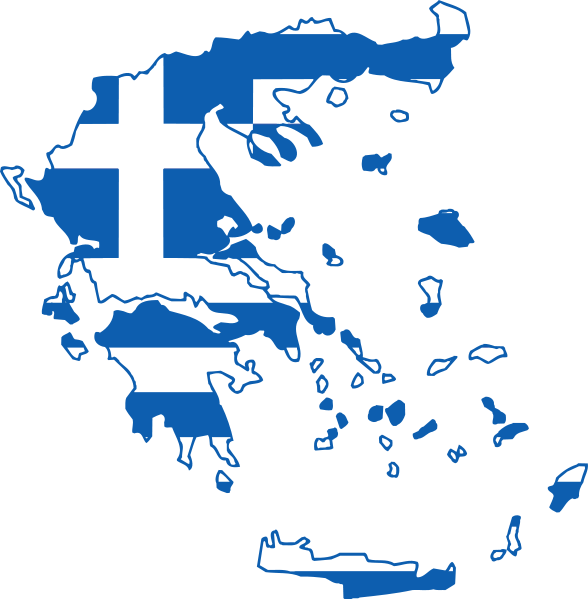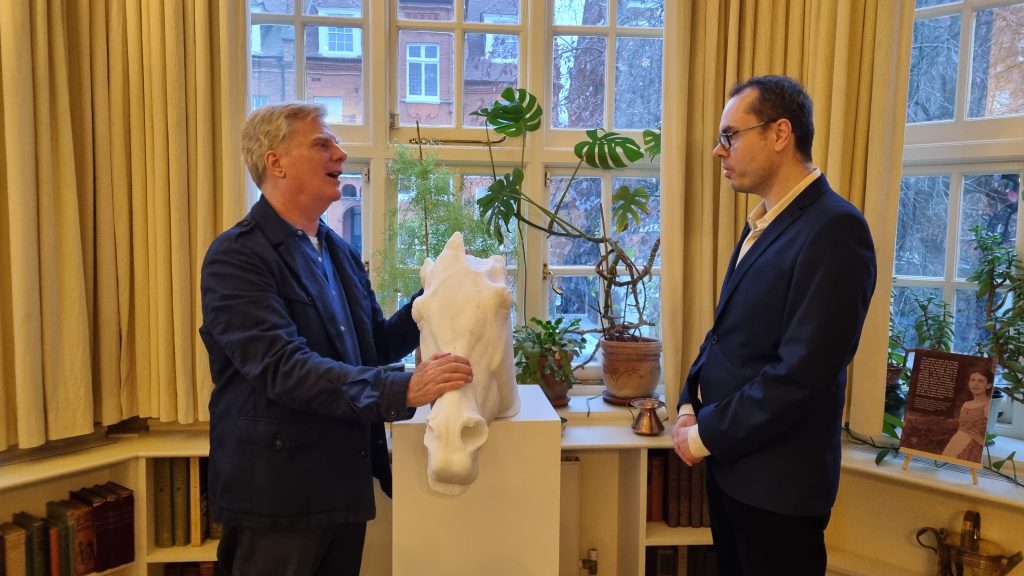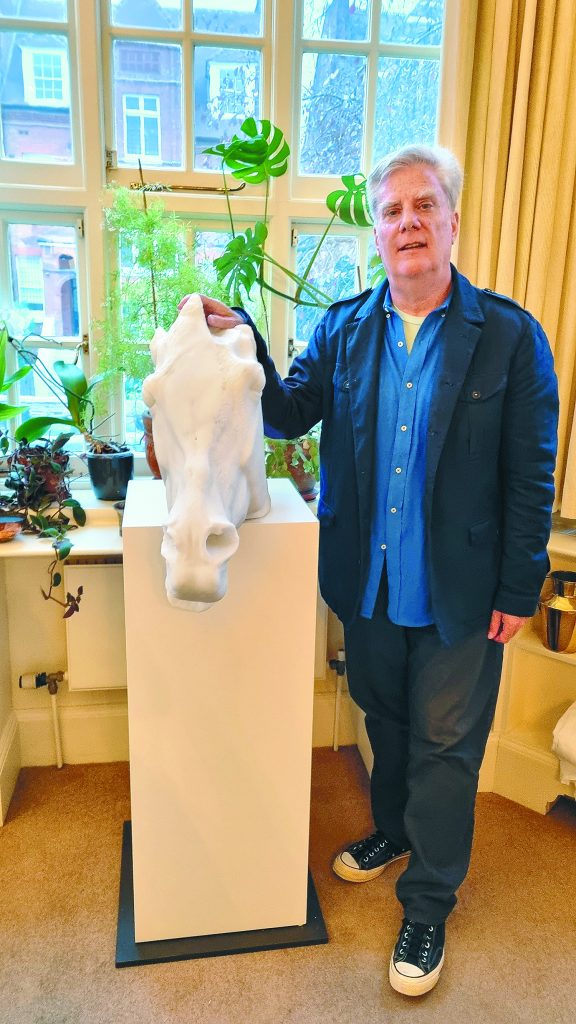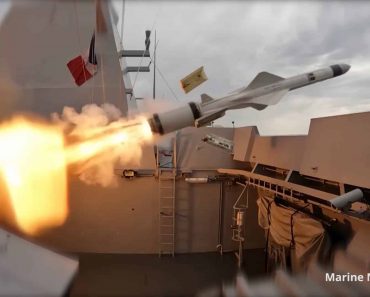The Institute for Digital Archaeology (IDA), based in Oxford, has a bold vision: to transform Mount Pentelicus in Athens into a kind of “Greek Mount Rushmore” by carving enormous replicas of the Parthenon Marbles into its slopes.
As revealed exclusively by TA NEA the British organization plans to propose to the Greek government the creation of massive sculptural replicas of the Parthenon sculptures on Attica’s second-highest mountain. And the artist behind this ambitious project? A state-of-the-art sculpting robot.
“We could start with the horse’s head from Selene’s chariot, which we plan to carve directly into Mount Pentelicus using authentic Pentelic marble,” says Roger Michel, director of the IDA and fellow at Oxford’s Trinity College.
The inspiration for this imaginative project comes from the Mount Rushmore National Memorial in South Dakota, where the faces of four iconic American presidents—George Washington, Thomas Jefferson, Abraham Lincoln, and Theodore Roosevelt—are carved into granite.
“Mount Rushmore is one of the most beloved monuments in the United States. But it’s more than that—it symbolizes how the values those presidents represent are intertwined with the very landscape of the country,” Michel explains. “That got me thinking: what if we created a Greek version to send a similarly powerful message?”
A Tribute to Greece’s Cultural Essence
So, what message would Greece’s version of Mount Rushmore send?
“That the Parthenon Sculptures are the essence of Greece,” Michel says. “Their beauty, grace, and symbolism are deeply rooted in the nation’s cultural identity and even its natural landscape. Nothing better represents Greek values than these sculptures.”
He goes even further: “This is a chance to say—not just to the world, but to the universe (since the monument will be visible from space)—that these marbles are part of the very fabric of Greece.”
From a Marble Clone to a Monument for the Cosmos
Back in November 2022, the IDA unveiled a high-fidelity marble replica of the horse’s head from Selene’s chariot—originally part of the Parthenon’s east pediment and currently held at the British Museum. The clone was carved by the same robot that resides in a workshop in Carrara, Italy—a region famous for its marble.
Then, in April of the following year, the institute took the idea to extremes, crafting a microscopic version of the same sculpture using two-photon lithography. Just 19 micrometers long (invisible to the naked eye), it was secretly placed inside the nostril of the original sculpture at the British Museum’s Duveen Gallery—a cheeky act of protest.
“After making the smallest replica in the world, let’s now create the biggest!” Michel says with enthusiasm.
A 17-Meter Sculpture Visible from Space
How exactly will this giant marble replica be created?
“We’re talking about a sculpture approximately 17 meters tall, made of Pentelic marble—large enough to be visible from space,” Michel says. “Initially, we thought about sculpting most of it in a workshop and assembling it on the mountain. But we’re planning a site inspection to determine the best method. It might actually be more practical to do the sculpting on-site.”
He continues: “We’ve recently developed a mobile version of our robot sculptor, which has the same capabilities as the one in Carrara. It can create large-scale works anywhere in the world. So, if the mountain won’t come to the robot, the robot goes to the mountain!” he laughs.
By taking the robot up Mount Penteli, Michel explains, they’ll be able to fine-tune the sculpture on-site without needing to transport pieces back and forth.
They’re considering three options: complete the entire sculpture on the mountain, do all the work in the lab, or use a hybrid approach—start in the workshop and finish it on-site.
“In any case,” he assures, “the result will be identical to the original. And of course, the tourism impact will be significant.”
Securing Government Approval
Why Mount Penteli?
“There’s no better place,” Michel says. “And there’s no marble like Pentelic marble. You wouldn’t believe how excited our Carrara technicians were to work with it. These are top-tier artisans—the same team that collaborates with Jeff Koons, Damien Hirst, and Barry X Ball.”
Mount Penteli is also rich in sculptable locations—ideal for recreating scenes from the Parthenon’s frieze and pediments.
By contrast, the Mount Rushmore project took 14 years and involved two sculptors and 400 workers. In Penteli, the work will mostly be done by a single robot—and much faster.
“We estimate it’ll take about 18 months—or even less,” says Michel. “Around six months for planning, and three months for carving. The rest depends on where the work is done and how we transport the equipment.”
He confirms that the IDA will soon formally request permission from the Greek government to launch the project. “I’m optimistic they’ll trust us to bring it to life.”
As for the cost?
“We estimate the total cost at around one million euros. And we’re more than happy to cover it ourselves,” Michel says. “Of course, we’d also welcome any donations from supporters who want to contribute.”
Supporting the Return of the Parthenon Marbles
Roger Michel strongly believes that this monumental project will help promote the campaign to reunite the Parthenon Marbles with Greece.
“Millions of people will flock to see it, reinforcing the idea that the Marbles belong to Greece. It will be the best ambassador for their repatriation. It’ll shame Britain for still holding them.”
He even suggests that the sculptures’ return is closer than we think: “They’re just waiting for the right moment. Based on what I’m hearing from all sides, I believe the announcement will come in tandem with the British Museum’s gallery closures for renovations.”










